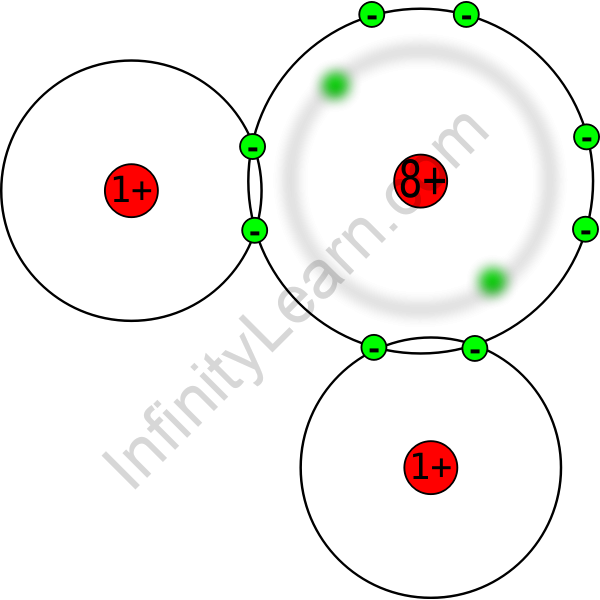Table of Contents

Bond energy, also known as average bond enthalpy or simply bond enthalpy, is a quantity that provides insight into the strength of a chemical bond. The IUPAC definition of the term ‘bond energy can be written as: “The average value derived from the bond dissociation enthalpy (in the gaseous phase) of all chemical bonds of a selected type during a given compound. Therefore, for a given compound The bond energy of a chemical bond in the U.S. can be viewed as the average amount of energy required to break such a chemical bond. Therefore, the binding energy of a chemical bond is directly proportional to the stability of that bond. That is, the higher the bond energy of a given chemical bond between two atoms, the greater the stability of that chemical bond.
Example
It is important to note that the bond energy of a chemical bond in a compound is the average value of all the individual bond dissociation enthalpies of the chemical bonds. For example, the bond energy of a carbon-hydrogen bond in a methane (CH4) molecule is equal to the average of the bond dissociation energies of each individual carbon-hydrogen bond. It can be calculated as follows.
- CH4 + BDE1 → CH3 + H
- CH3 + BDE2 → CH2 + H
- CH2 + BDE3 → CH + H
- CH + BDE4 → C + H
- BE(C-H) = (BDE1 + BDE2 + BDE3 + BDE4)/4
Here, BDE1 denotes the energy required to break a carbon-hydrogen bond in the CH4 molecule, BDE2 denotes the energy required to break a carbon-hydrogen bond in the CH3 molecule, BDE3 to break a carbon-hydrogen bond Indicates the required energy. CH 2 molecule and BDE 4 denotes the energy required to interrupt the sole carbon-hydrogen bond within the CH molecule. Finally, the term BE(C–H) refers to the binding energy of the carbon-hydrogen bond in the methane molecule.
Hence. The binding energy of the carbon-hydrogen bond in a methane molecule can be viewed as the change in enthalpy (usually denoted by H) associated with breaking a CH4 molecule into one carbon atom and four hydrogen atoms, which are completely is divided by four (since there are a total of four carbon-hydrogen bonds in the methane molecule).
Comparison between Bond Energy and Bond Dissociation Energy
The bond dissociation energy of a chemical bond (sometimes abbreviated to BDE) can be defined as the change in enthalpy associated with the breaking of a chemical bond via homolytic cleavage. For example, the bond dissociation energy of molecules A–B is the amount of energy required to facilitate homolytic cleavage of the bond between A and B, resulting in the formation of two free radicals.
It is important to note that the bond dissociation energy of a chemical bond is dependent on the absolute temperature of the environment. Therefore, the bond dissociation energy is usually calculated under standard conditions (where the temperature is approximately equal to 298 Kelvin). On the opposite hand, the bond energy of a bond during a compound is the average value of all the bond dissociation enthalpies of that bond within the molecule.
FAQs
Explain bond energy?
Bond enthalpy (otherwise called bond energy) can be described as the amount of energy required to break one mole of a given bond.
Q. Explain the factors affecting bond energy?
Ans: The following factors affect bond energy:
- Electron affinities of atoms,
- The size of the atoms involved within the bond,
- The difference in their electronegativity.




